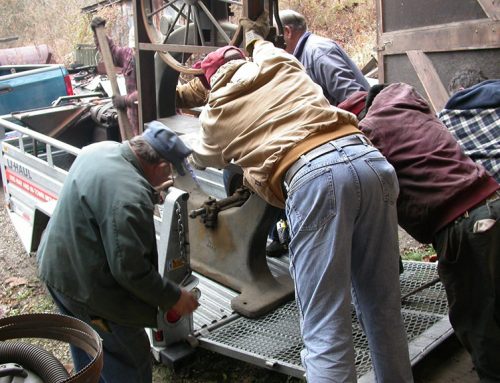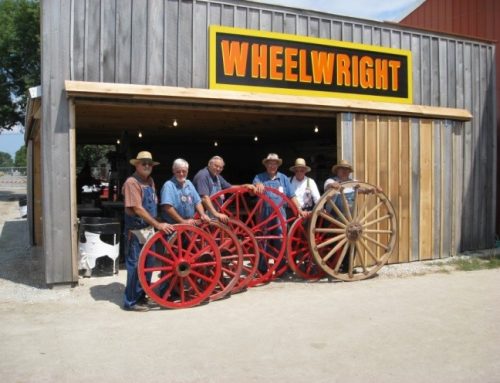When I was maybe 12 or 13, with my Dad’s help, I built a wood lathe. The bed was made from a 2 by 6 and the ways were two parallel three quarter inch black pipe. The head and tail stock were stacked pieces of three quarter inch plywood. I got the plans from a magazine, probably Popular Mechanics. Strangely, I remember making the lathe with my Dad more then I remember using it. I have no idea what happened to that lathe.
After I left home and started working I saw an ad for a used Shopsmith. I had just bought my first house and wanted to do some wood working. Over the years I have used the Shopsmith lathe option a lot. It has a nice variable speed drive. It’s very flexible and easy to set up. The big problems with it are a poorly designed tool rest and its lack of rigidity. I have always wanted a better lathe. After I built my new shop I had room to get a better lathe. Somehow I have ended up with six. You guessed it, I still usually use the Shopsmith for most of my wood turning. Let’s look at some of the lathes; they aren’t your usual lathes.
Rockwell 11 inch metal lathe – Sometime in the 50’s or 60’s Rockwell decided that they wanted to compete in the metal working arena. For a few years they made a really great metal lathe. I spotted mine in an abandoned corner of a manufacturing plant during a tour. After several months of negotiation I got it home and of course it had a major problem. The carriage was seized up. Some help from a master machinist friend and we were turning chips. It has turned out to be a great lathe.
Rockwell wood lathe – a refugee from downsizing a high school woodshop program. This lathe needs some work. The multistep pulley in the head stock has been badly damaged from some attempted repair or perhaps a student hitting with a hammer after a bad day in class. This lathe definitely has some un-utilized potential.
Jet mini lathe – This was a deal I could not refuse and is now my go to lathe. It’s small but has a powerful variable speed motor. This lathe works great for most of my turning, usually tool handles.
Ober duplicator lathe – now things are getting interesting. This lathe is old – probably 120-140 years old. It has the ability to turn very complex shapes. A pattern is used and is indexed with a wood blank. The pattern and blank slowly rotate together at the same speed. The pattern guides the blank against a rotating cutter head as the cutter head traverses the length of the carriage. This style of lathe was developed to turn rifle stocks during the revolutionary war. It’s now commonly used to make ax handles or, in wooden wheel shops, to make spokes.
Hub turning lathe – this lathe was specialized for turning and boring wooden hubs. I got it from a friend who is a wheelwright. The lathe is huge, about 10–12 feet long with a 24 inch throw. My plan was to use it to turn small wooden casks (barrels). The lathe has a very unique feature. It has a powered tail stock. A shaft runs from the cone head drive through a clutch to the end of the lathe and provides rotation to a boring bar in the tail stock. In this manner a large wagon wheel hub could be bored from both ends. Sadly another wheelwright needed the lathe more than I did and I recently sold it to him.
Tosley cone head lathe – You may have seen the post about my real big band saw. That was a Tosley 36 inch wooden wheeled saw from the 1880. I now have a Tosley lathe from the same era. The Tosely is a cone head lathe that is really heavily built. I plan to make my barrel lathe from this. I’ll keep you updated.
So how many lathes do you need? My advice is one really good lathe. Decide on what you are going to use it for and perhaps oversize it a little, add a good variable speed drive option and you are ready for a life time of fun.


